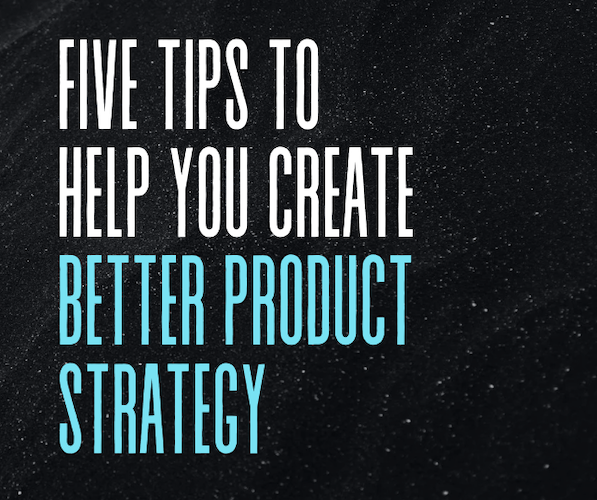Five Tips To Help You Create Better Product Strategy

Creating a successful product strategy is a difficult task. It requires a deep understanding of the market, including customer needs, competitors, market trends, and technological advancements. The product strategy also needs to align with the overall business goals and strategy. This can be difficult if the business goals are unclear, not well communicated, or if they change frequently. Another reason is difficulty allocating resources. Companies often have limited resources, including time, money, and personnel. Allocating these resources effectively to develop and implement a product strategy can be a major challenge.
Here are the five tips that could help you create better product strategy:
- Define clear and measurable objectives and always identify your target audience
- Ensure your product stands out in the market by solving a real customer problem
- Collect and analyze data from various sources to make informed decisions about new features
- Adopt an agile approach to product development that will help you adjust to customer feedback
- Continuously reevaluate priorities to remain responsive to changing customer needs
Tip 1:
Define clear and measurable objectives and always identify your target audience
Your target audience is the specific group of people you aim to reach with your product. They are the individuals who are most likely to buy your product, and they should be at the heart of your product strategy. Identifying your target audience involves understanding who they are, what they want or need, and how your product can meet that need. This usually involves market research, customer interviews, surveys, and other data analysis.
Tip 2:
Ensure your product stands out in the market by solving a real customer problem
You can't find th real problem without a deep understanding of who your customer is. You can through various methods like customer interviews, surveys, user testing, and market research. You need to know your customers better than they know themselves.
Tip 3:
Collect and analyze data from various sources to make informed decisions about new features
For example, user feedback can be collected through surveys, interviews, user testing sessions, or direct interactions with customers. Usage data is available in your app, you need a little bit of data science know-how to extract and analyze. Market surveys are available for free and for a fee.
Data analisys involves looking for patterns, trends, and insights that can guide your decision-making. You might, for instance, notice that a significant number of users are requesting a particular feature, or that users are not utilizing a feature as intended, indicating a possible need for redesign. Data analysis can also help identify opportunities for innovation by revealing unmet customer needs or gaps in the market.
Tip 4:
Adopt an agile approach to product development that will help you adjust to customer feedback
Agile encourages breaking down the product development into smaller, manageable parts called "iterations" or "sprints." Each iteration is a complete cycle where you design, develop, test, and release a small part of the product. This allows you to incorporate feedback quickly and make changes as you go along, instead of waiting until the end of the product development cycle.
Tip 5:
Continuously reevaluate priorities to remain responsive to changing customer needs
It's also crucial to maintain a balance. Reacting to every small change can lead to a lack of focus and consistency, and may confuse or alienate customers.
